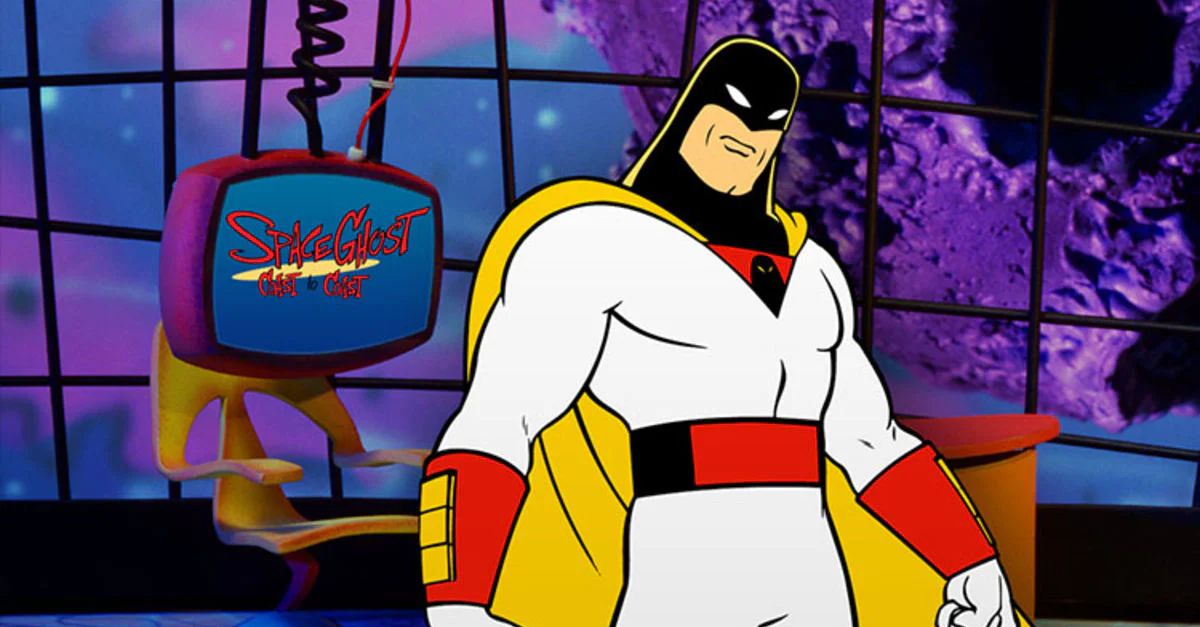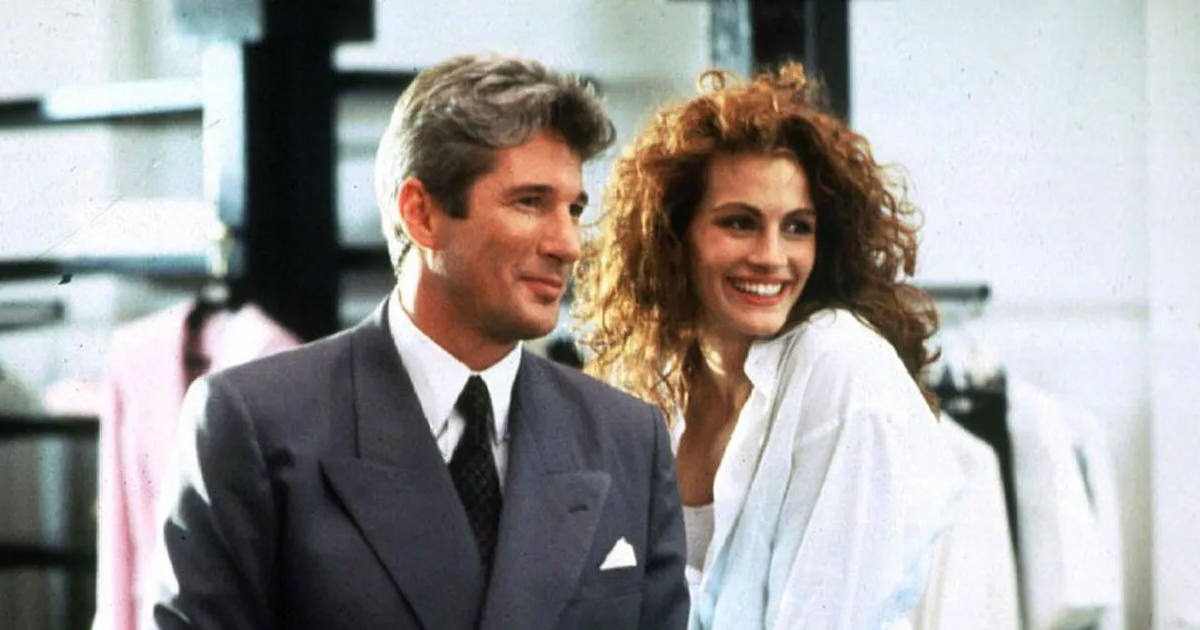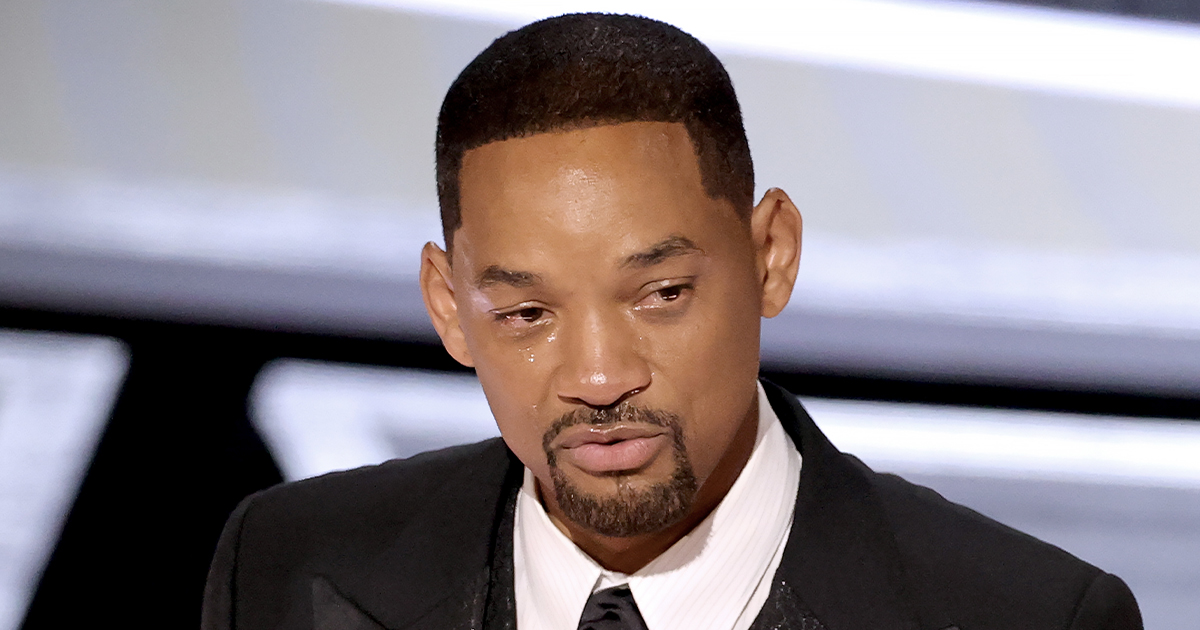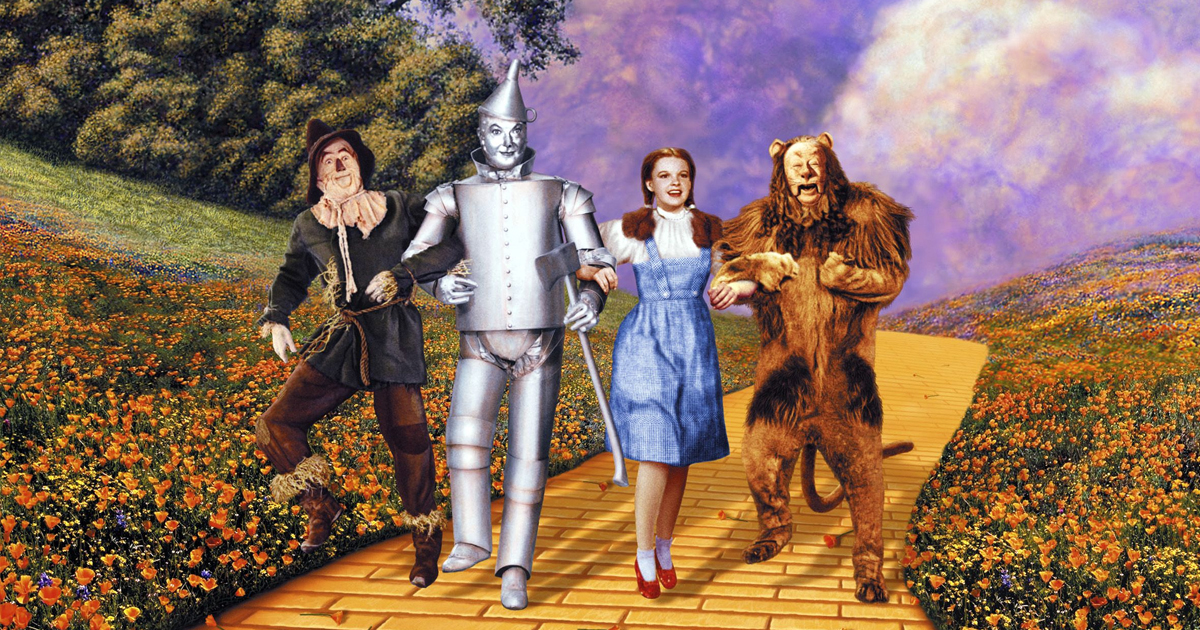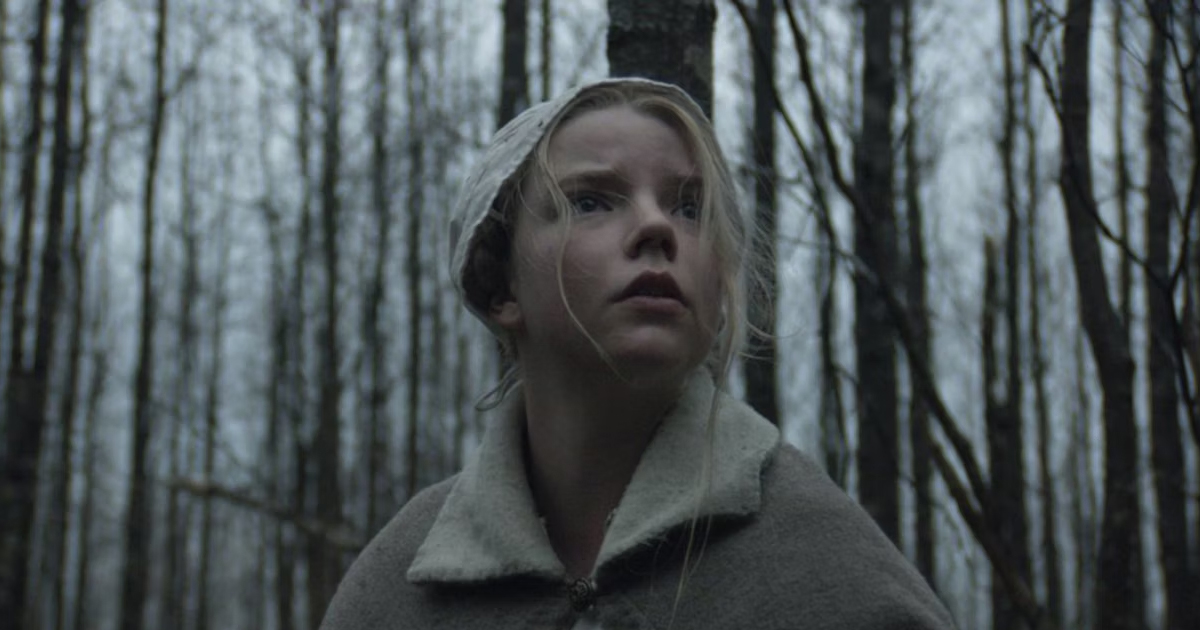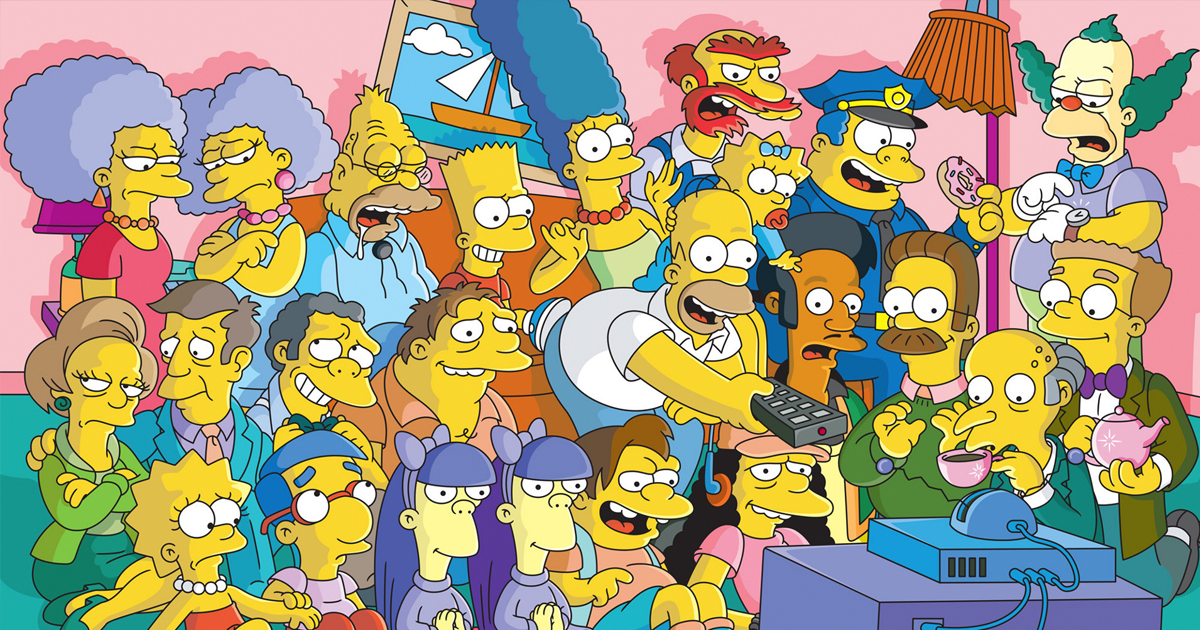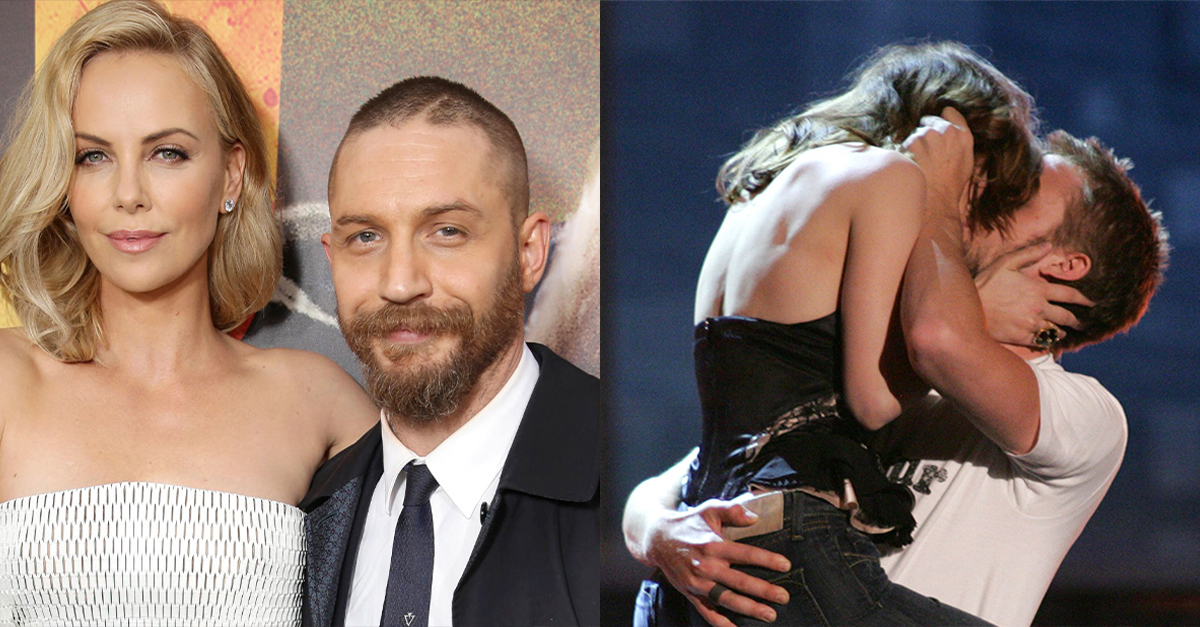Forgotten Childhood
For generations raised before algorithms decided the playlist, these cartoons shaped imagination and Saturday morning rituals. But somewhere between budget cuts and streaming takeovers, many of these gems were discontinued.

Betty Boop
Betty Boop debuted in 1930 as one of animation’s first female icons. Originally created by Max Fleischer, she blended flapper-era sass with surreal, jazz-filled storylines. Censored heavily during the Hays Code era, Betty Boop’s edgy persona was toned down, leading to reduced prominence on mainstream airwaves.
Top Cat
Premiering in 1961, Top Cat centered on a slick alley cat and his gang exploring life in a trash-strewn corner of Manhattan. Styled after The Phil Silvers Show, it offered witty urban humor and a jazzy soundtrack. Though beloved by past generations, it rarely surfaces today beyond nostalgic collections.
 Top Cat: The Complete Series - Officer Dibble Clip 2 by Warner Bros. Rewind
Top Cat: The Complete Series - Officer Dibble Clip 2 by Warner Bros. Rewind
Popeye The Sailor
Launched in 1933, Popeye popularized spinach as a symbol of strength and self-reliance. His gravel-voiced muttering and love triangle with Olive Oyl and Bluto defined his quirky charm. Once a media giant across radio and film, Popeye’s fame faded with modern rebranding and a lack of streaming presence.
Felix The Cat
First appearing in silent-era shorts in 1919, Felix the Cat pioneered visual gags and narrative charm. With his grin and a magical bag of tricks, Felix became a cultural sensation. Despite revival attempts, his legacy remains largely unknown to younger generations raised on digital-age cartoons.
 The Magic Tablet | Felix The Cat | Full Episodes by Felix The Cat Official
The Magic Tablet | Felix The Cat | Full Episodes by Felix The Cat Official
Shazzan!
Shazzan! introduced viewers in 1967 to magical Arabian Nights-style adventures. Two teenagers accidentally summon a massive, friendly genie named Shazzan, who protects them from mystical threats. Its short run and lack of syndication left it largely forgotten.
Bosko The Talk-Ink Kid
Bosko debuted in 1929 as the first cartoon character by Warner Bros., predating Bugs Bunny and Daffy Duck. Bosko starred in musical shorts filled with jazz and slapstick. However, his racially stereotyped portrayal, which reflected early 20th-century minstrel tropes, led Warner Bros. to phase him out by the late 1930s.
Out Of The Inkwell
This pioneering series by Max Fleischer fused live-action with hand-drawn animation in ways never seen before. Characters like Koko the Clown showcased the innovative use of rotoscope technology. Though it laid the groundwork for future animation, the series itself is largely forgotten by modern viewers.
Mighty Mouse
Originally introduced as a parody of Superman, this tiny superhero first appeared in 1942 with a flair for opera and airborne action. Produced by Terrytoons, he became a Saturday morning fixture. Despite long-standing popularity, the character has since slipped into obscurity amid changing animation tastes and limited re-airings.
Atom Ant
With super strength and faster-than-light flight, this tiny hero fought crime beneath society’s radar in Hanna-Barbera’s 1965 lineup. Atom Ant poked fun at superhero tropes while delivering light moral lessons. This character’s profile has diminished in an era dominated by polished, big-name comic adaptations.
 Theme Song with Lyrics | Atom Ant | Warner Archive by Warner Bros. Classics
Theme Song with Lyrics | Atom Ant | Warner Archive by Warner Bros. Classics
Heckle And Jeckle
Known for clever banter and chaotic schemes, this wisecracking magpie duo debuted in 1946. Heckle and Jeckle’s fast-talking antics often outwitted authority figures and foils. Their irreverent style and bold personalities made them stand out, yet their presence has quietly disappeared.
 Hula Hula Land 1949 - Heckle and Jeckle – TerryToons by Cinema Cartoon U
Hula Hula Land 1949 - Heckle and Jeckle – TerryToons by Cinema Cartoon U
Little Audrey
Little Audrey spun off from the Betty Boop legacy in 1947, becoming a childlike figure of mischief and moral lessons. Her whimsical, often dreamlike adventures included everything from Candyland escapades to surreal schoolroom tales. Despite her popularity in postwar America, she faded after the 1950s.
 Santas Surprise (1947) Little Audrey Famous Studios Christmas Cartoon Short by Toonin'
Santas Surprise (1947) Little Audrey Famous Studios Christmas Cartoon Short by Toonin'
The New Adventures Of Huck Finn
This 1968 series combined live-action child actors with vibrant cartoon environments—an experimental feat for its time. Huck, Tom, and Becky traveled through fantastical worlds, encountering pirates and ancient rulers. Though inventive in format and spirit, it remains a rarely discussed animation experiment.
 The New Adventures of Huckleberry Finn - Clip Castle of Evil by Warner Bros. Rewind
The New Adventures of Huckleberry Finn - Clip Castle of Evil by Warner Bros. Rewind
Buzzy The Crow
In late-1940s Paramount cartoons, this streetwise crow repeatedly outwitted a feline foe named Katnip. Voiced with a Harlem-inspired cadence, Buzzy embodied clever character design and the era’s uncomfortable reliance on racial caricature. Though seldom discussed today, his presence reveals deeper patterns in mid-century American animation history.
 1951 Noveltoon - As the Crow Lies - tv print by Vegan Pop Tarts
1951 Noveltoon - As the Crow Lies - tv print by Vegan Pop Tarts
Baby Huey
Premiering in 1949, Baby Huey was an enormous duckling with the mind of a toddler and the strength of a wrecking ball. Created by Famous Studios, he blundered through every scene, unaware of his impact. Once a comic and cartoon star, he’s now a deep cut in cartoon history.
Deputy Dawg
Produced by Terrytoons, the show mixed regional charm with slapstick animal antics. Debuting in 1960, Deputy Dawg followed a slow-talking Southern lawman and his misadventures. While it aired for years, its deep cultural ties kept it from crossing into modern relevance.
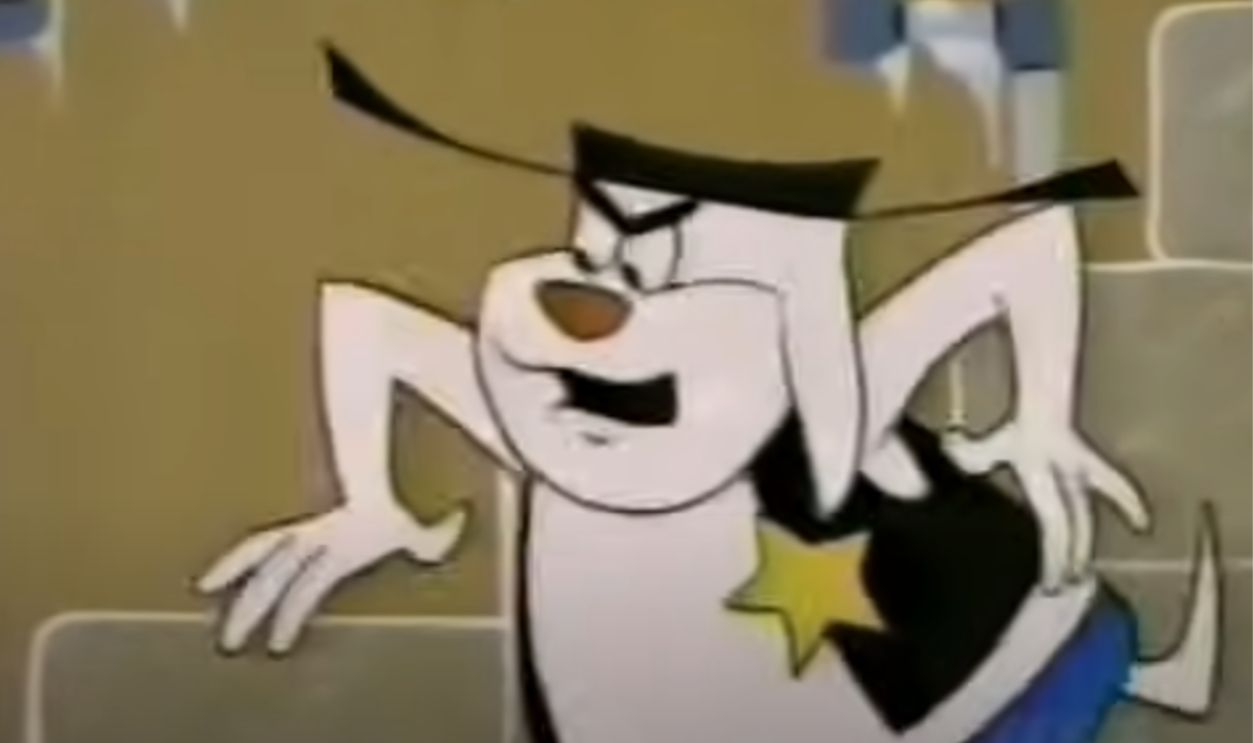 Deputy Dawg - Heat Wave by DwighttFrye
Deputy Dawg - Heat Wave by DwighttFrye
Space Ghost
Before his surreal late-night talk show revival, Space Ghost was a serious 1966 sci-fi superhero battling cosmic villains across galaxies. Armed with power bands and a commanding presence, he starred in sharply designed, minimalist adventures. Today, few recall the original character’s dramatic tone before parody eclipsed his heroic legacy.
Devlin
Modeled after America’s fascination with stunt culture, this 1974 series featured a motorcycle daredevil and his siblings exploring personal and professional challenges. Hanna-Barbera aimed for more grounded storytelling by focusing on responsibility and values. However, the show quietly faded from view after a short run.
Butch Cassidy And The Sundance Kids
Blending secret-agent intrigue with bubblegum pop, the 1973 series transformed the outlaw legend into a crime-fighting bandleader backed by gadgetry and animal sidekicks. The premise was bold for its time, yet its single-season lifespan left it overshadowed by more enduring teen ensemble shows of the decade.
 Boomerang-A-Long: Butch Cassidy and the Sundance Kids Theme Song by Eddie Kyte
Boomerang-A-Long: Butch Cassidy and the Sundance Kids Theme Song by Eddie Kyte
The Barkleys
Loosely modeled on All in the Family, The Barkleys aired briefly in 1972 and centered on a working-class dog family tackling generational and social issues. It offered surprisingly relevant themes for a cartoon, but the lack of reruns rendered it nearly invisible to future audiences.
 The Barkleys Lib and Let Lib by Bob Nelson
The Barkleys Lib and Let Lib by Bob Nelson
Wheelie And The Chopper Bunch
This 1974 series centered on sentient vehicles—years before Cars—with Wheelie, a red Volkswagen Bug, constantly chased by a gang of motorbike bullies. The lead character communicated only through honking and pantomime. Despite its colorful concept, the series didn’t last long.
 Wheelie and the Chopper Bunch Opening and Closing Credits and Theme Song by Steven
Wheelie and the Chopper Bunch Opening and Closing Credits and Theme Song by Steven
Cool McCool
Airing in 1966, Cool McCool was a secret agent spoof created by Bob Kane, co-creator of Batman. With exaggerated mustaches and tongue-in-cheek delivery, it poked fun at spy tropes of the Cold War era. Despite its sharp design, it disappeared from memory as parody evolved elsewhere.
 Cool McCool - The Big Blowout AND MORE - Episode # 01 by Comics Kingdom
Cool McCool - The Big Blowout AND MORE - Episode # 01 by Comics Kingdom
Clue Club
Clue Club was Hanna-Barbera’s take on teenage sleuths with a scientific flair. Featuring a team of young detectives and two bumbling bloodhounds, the show emphasized logic and gadgetry. It didn’t gain the same traction and quickly slipped out of rotation after its original run.
 HQ | Clue Club: The Paper Shaper Caper - August 14 1976 by All About Scooby-Doo
HQ | Clue Club: The Paper Shaper Caper - August 14 1976 by All About Scooby-Doo
Inch High, Private Eye
Armed with a shrinking formula and oversized confidence, this 1973 cartoon introduced a miniature detective handling full-scale mysteries alongside normal-sized allies. While the concept was inventive, its exaggerated tone and short lifespan prevented lasting impact.
 Inch High Private Eye: The Complete Series by Warner Bros. Rewind
Inch High Private Eye: The Complete Series by Warner Bros. Rewind
The Funky Phantom
In 1971, The Funky Phantom featured three teens and a ghost from the Revolutionary War helping solve modern mysteries. The title character—an invisible ally with a spectral cat—added a historical twist to the Scooby-Doo formula. Despite its novelty, it was overshadowed by stronger mystery franchises.
 The Funky Phantom intro by Scooby_Blox!
The Funky Phantom intro by Scooby_Blox!
Goober And The Ghost Chasers
Phantom-chasing reporters and their invisible dog took center stage in this 1973 Hanna-Barbera series. With episodic mysteries and celebrity cameos from The Partridge Family kids, it followed a now-familiar formula. Yet its close resemblance to Scooby-Doo left it overlooked without earning lasting recognition.
 The Galloping Ghost | Goober and the Ghost Chasers | Warner Archive by Warner Bros. Classics
The Galloping Ghost | Goober and the Ghost Chasers | Warner Archive by Warner Bros. Classics

